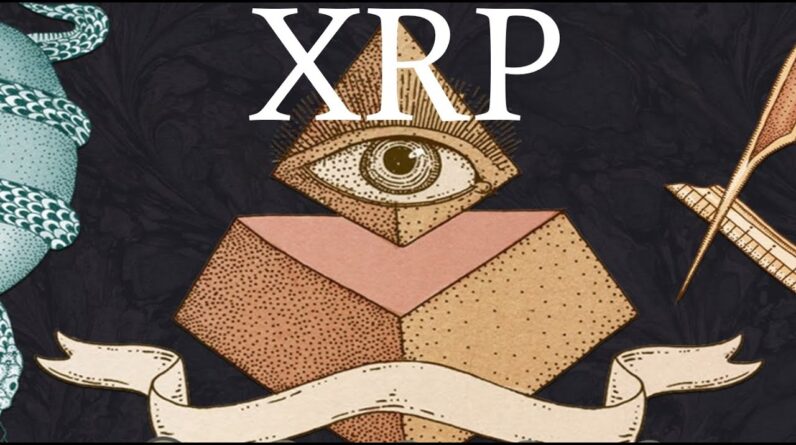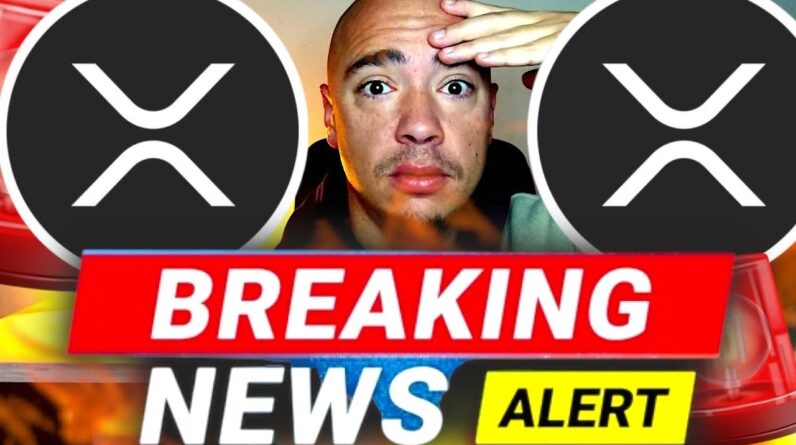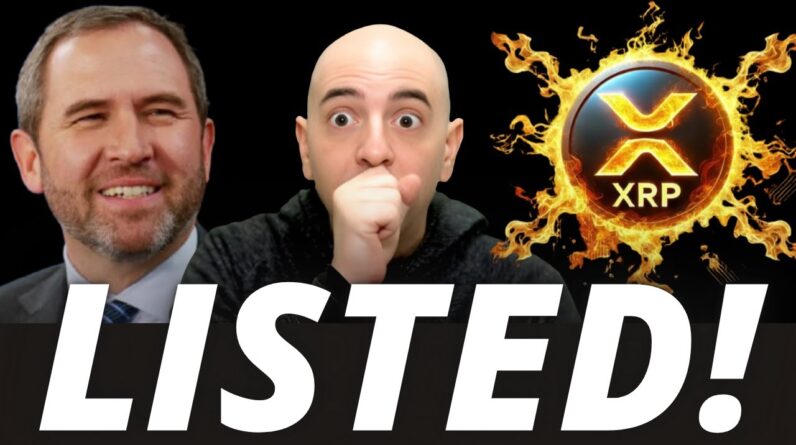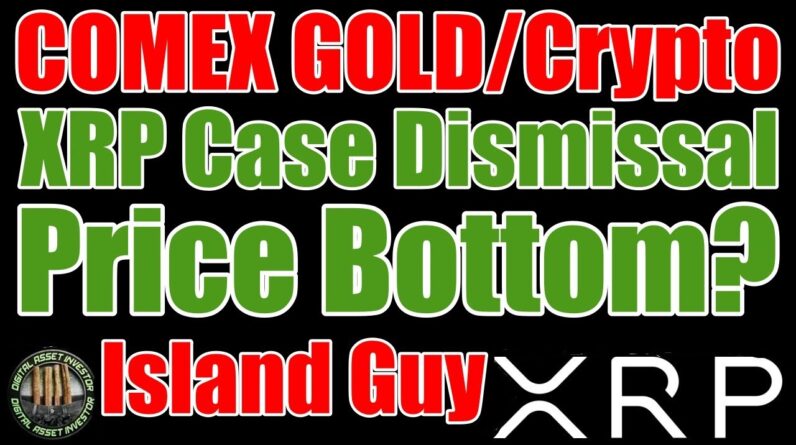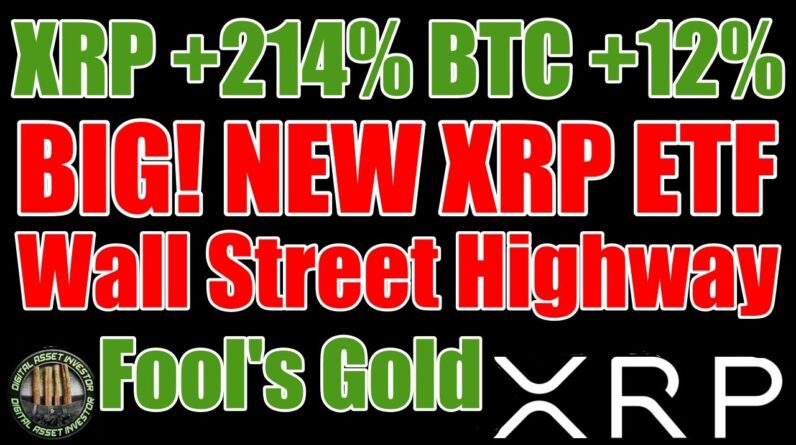“Liquidity is key to exchanging any asset—whether it be bonds or digital assets—quickly, easily, and cheaply. It follows that liquidity around the digital asset XRP is the lifeblood of Ripple’s On-Demand Liquidity (ODL) for cross-border payments. XRP can be sent directly, quickly and cheaply, without needing a central intermediary, making it a convenient instrument in bridging two different currencies quickly and efficiently. As a bridging tool in ODL, the greater the liquidity of XRP, the less cost and risk in each transaction”.
Breanne Madigan (Head of Global Institutional Markets, Ripple), April 2020.
Exchanges play a very important role in the digital asset space. The more exchanges a digital asset is available on, the easier it is for investors to trade it. With low transaction fees, reliability, and speed, XRP also plays a very important role in arbitrage trading. Even ODL, Ripple’s product that utilizes XRP, is dependant on exchanges. For fiat currencies to get converted from one fiat currency to another, digital asset exchanges play a very important part of the process.
We have been keeping tabs on the availability of XRP on crypto exchanges for two years now and we have recently updated our markets page to include known wallet addresses of exchanges. The information from XRPscan on known wallet exchange addresses proved valuable, and even though there are other, more speculative sources, we have chosen to limit ourselves to the confirmed addresses. We will, of course, be constantly updating the list with more exchanges and wallets.
XRP markets
Right now, XRP is trading on 384 exchanges, with 1153 markets. At the time of writing, 6.6 billion XRP is stored on these exchanges. The most popular trading pair is Bitcoin (BTC) on 230 exchanges with Tether (USDT) coming second on 171 exchanges.
In comparison, CoinMarketCap lists 196 exchanges with 568 markets, LiveCoinWatch 79 exchanges with 220 pairs, and Coinpaprika 122 exchanges with 394 markets.
Even though there is a misconception that assets held by exchanges belong to the exchanges, that is not the case. While a portion of the holdings may belong to an exchange, most of it belongs to its users. Right now, the exchanges holding the most XRP are: Bitbank (1,209,934,133 XRP), Binance (1,128,602,900 XRP), Coincheck (1,009,747,540 XRP), Bithumb (713,942,944 XRP), Kraken (502,711,010 XRP) and Bittrex (407,186,516 XRP). Holding your digital assets on an exchange is never a good idea since you don’t actually control them. There have been numerous examples of exchanges going bankrupt, getting hacked, or pulling exit scams. In such instances, things almost never end well for the users.
Fiat pairs
XRP is also available for spot trading with 50 fiat currencies. The most traded fiat currencies are the United States dollar (USD) on 71 exchanges, the Euro (EUR) on 56 exchanges with the British pound (GBP), the Japanese yen (JPY) and the Turkish lira (TRY) all coming third on 19 exchanges.

Fiat pairs are a necessity for Ripple’s ODL product. Right now, six fiat currencies are live on ODL: USD – United States dollar (Bitstamp), EUR – Euro (Bitstamp), MXN – Mexican peso (Bitso), PHP – Philippine peso (coins.ph), AUD – Australian dollar (BTC Markets) and THB – Thai baht (Bitkub). Ripple has been slowly activating more fiat currencies for ODL, and partner exchanges facilitating the trades have seen an exponential increase to their volumes. You can keep track of ODL transactions on Utility-scan.
Top 100 exchanges and XRP
81 of the top 100 exchanges listed on CoinMarketCap (by web traffic) offer XRP trading.

So far, in 2020, XRP has been listed on more than a dozen exchanges, including: LBank, CryptoSook, Hitmex, BitUBU, Smart Valor, Bitazza, Luno, CCryptoEx, WhiteBIT, Bibox Europe, W3EX, ShapeShift, Blockchain.com, GokuMarket, Eterbase, and TimeX, while Binance made XRP options trading available for the first time.
Exchanges come and go
As mentioned above, the only way to truly control your assets is to actually have them in your custody. “Not your keys, not your coins” is one of the most commonly heard phrases being echoed across crypto forums, chat and tweets. While making sure your digital assets are safely stored can be a nerve breaking and tedious process, losing your coins because an exchange ceased operating is even more frustrating. Exchanges disappear as quickly and easily as they appear. Cobinhood, FCoin, Altsbit are only a few of the recent examples. In the past few years, we’ve seen quite a few exit scams, hacks, exchanges going bankrupt, even exchange’s keys getting lost due to the passing of a CEO. One thing’s for sure, before using any exchange make sure to do your own diligence and thoroughly do your own research on the exchange.
What about the future?
We expect that even though XRP is listed on so many exchanges, new listings will continue to be the trend. New exchanges launch all the time and often rely on digital asset communities for publicity. Listing a coin is seen as an easy and efficient way to attract attention and users to an exchange.
With regulations slowly catching up to the digital asset space, exchanges will be no exception. Exchanges are bound to get regulated, especially the ones that wish to form partnerships and attract more customers. As exchanges and markets mature, new trading products will appear, bringing much-needed liquidity. XRParcade will be watching and keeping you posted.
The post XRP markets update appeared first on XRPArcade.


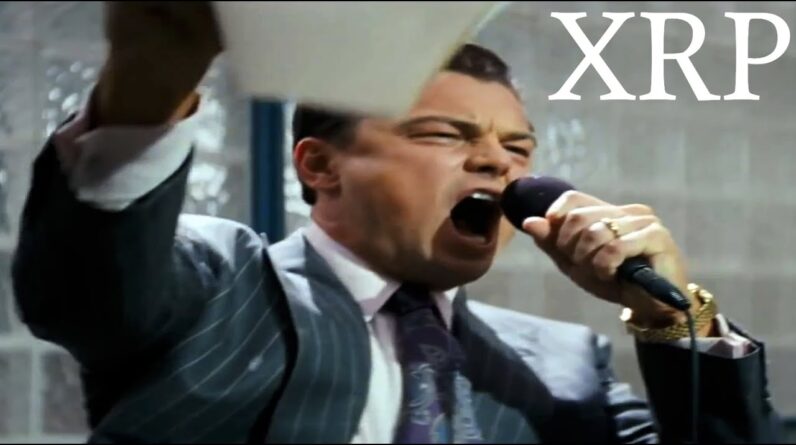
 RIPPLE/XRP SETTLEMENT LEAK FOR TOMORROW
RIPPLE/XRP SETTLEMENT LEAK FOR TOMORROW GENSLER SHOULD BE FIRED W CONFIRMED FTX CONNECTIONS
GENSLER SHOULD BE FIRED W CONFIRMED FTX CONNECTIONS